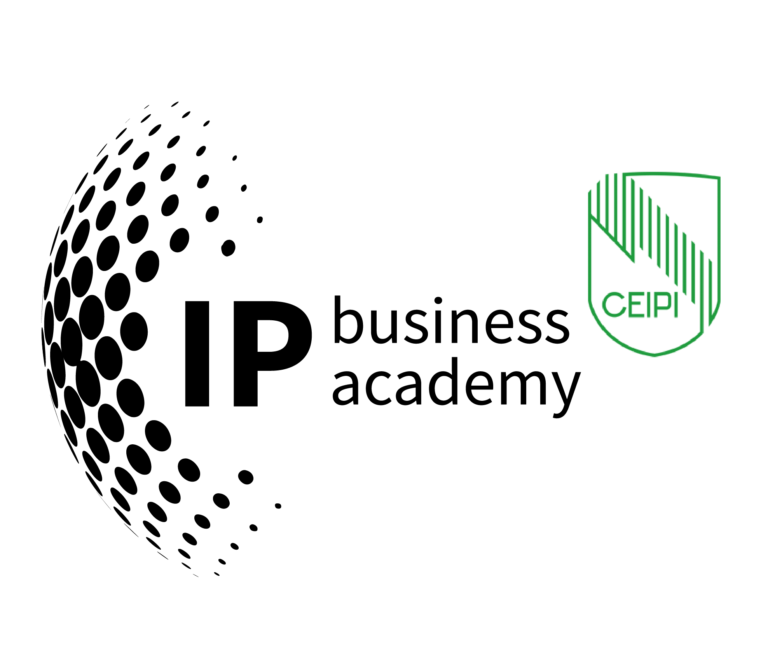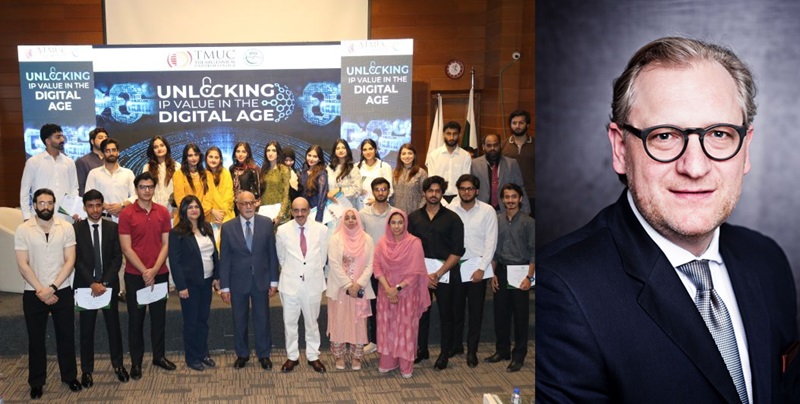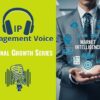IP in the Age of AI and Technology – Training at the IPTI in Pakistan
On 4th of August 2025, Prof. Dr. Alexander J. Wurzer, Professor for IP Management at CEIPI Strasbourg, was invited by the Intellectual Property Training Institute (IPTI) in Pakistan to speak on “IP in the Age of AI and Technology.” The lecture provided insights into how artificial intelligence and digital technologies are transforming innovation processes and reshaping the role of intellectual property.
Trustworthy AI and Legal Frameworks
At the outset, Prof. Wurzer introduced the EU AI Act and the European ethics guidelines for trustworthy AI. These frameworks stress that AI must be lawful, ethical, and robust, while simultaneously encouraging innovation and supporting start-ups. This European perspective provides useful benchmarks for global discussions on AI governance.
Intellectual Property Challenges in the Digital Era
The training highlighted several IP challenges that arise with AI:
- Patents: AI can be used as a tool in the invention process, but cannot be named as inventor.
- Copyright: AI-generated works such as music, text, or video often do not qualify for copyright protection.
- Data: Input into AI systems risks trade secret leakage, while AI-created databases may not enjoy database rights.
These issues underline the need for new strategies in IP management. For more context, see our IP Management Letter on AI and IP strategies.
From Transactions to Ecosystems
With enabling technologies such as AI, 5G, IoT, and quantum computing, business models are becoming increasingly ecosystem-based. As Prof. Wurzer emphasized, companies need value-driven IP strategies to protect use cases and business models, not just individual inventions. A useful resource here is the IP Management Glossary entry on Digital Business Ecosystems.
Case Studies from Global IP Leaders
Several case studies illustrated how leading companies use IP to secure their positions in digital markets:
- Sonos and Spotify demonstrate how patents can protect digital services and user experiences.
- Google and Tencent highlight strategies to gain a technological footprint in new ecosystems.
- Stripe shows how APIs and software solutions can be protected by patents to support global scaling.
- Husqvarna & Telenor provide an IoT example, where a holistic IP strategy covers hardware, software, and connectivity.
Further details on these examples can also be found in the IP Management Letters.
AI in Innovation and Patent Processes
Finally, Prof. Wurzer demonstrated how AI itself can be used by IP professionals at every stage of the innovation and patent process: from AI-assisted novelty searches and white spot analyses to patent drafting support and IP litigation. This is a trend that enables SMEs and start-ups to compete on more equal terms with large corporations. For practical tools, see the dIPlex entry on AI-powered legal research.
Outlook
The training concluded that IP professionals must embrace AI as both an object of protection and a tool for their own work. Proactive invention harvesting and interdisciplinary collaboration will be central for successful IP management in the years to come.
The event at the IPTI in Pakistan reflects the growing global dialogue on how IP management and AI intersect – and why systematic, value-oriented approaches are needed to secure innovation in the digital age.



